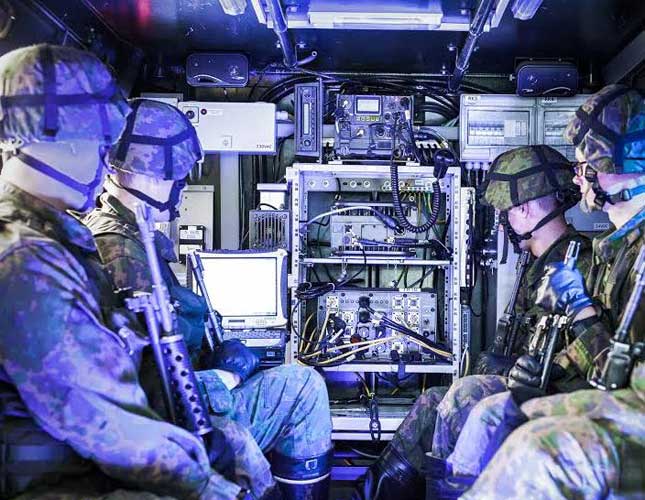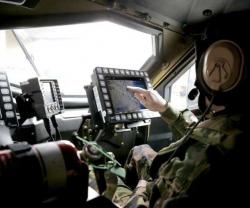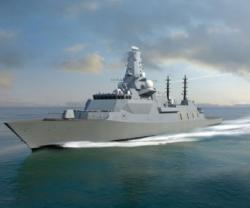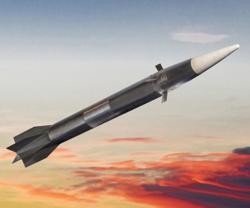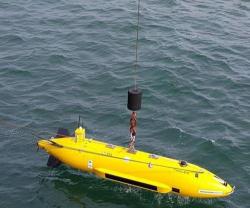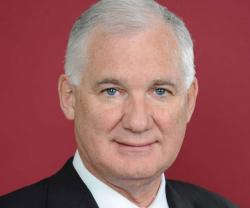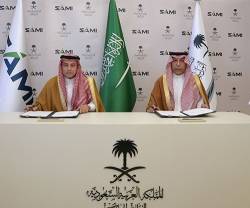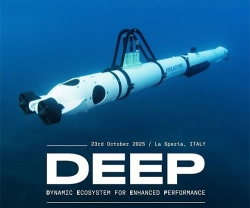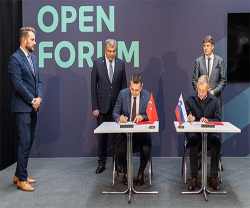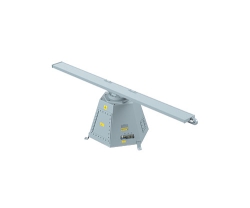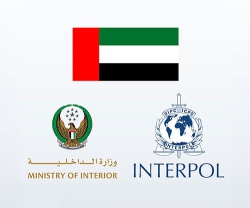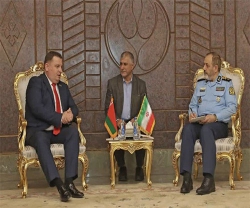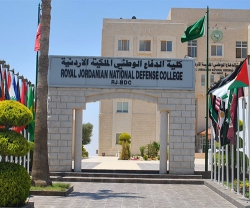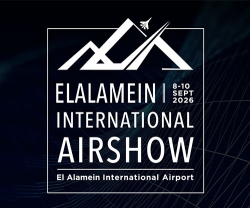Bittium, Leonardo and Thales along with the Finnish Defense Forces have demonstrated the capabilities and functionalities of the High Data Rate Waveform (HDRWF) developed in the European ESSOR program (European Secure Software defined Radio) in battlefield conditions and with a 15 radio node configuration.
The activity was carried out using three different radio platforms from the three participating ESSOR Companies to demonstrate how the land forces of different European countries can communicate seamlessly with each other in joint operations, linking up via a common waveform regardless of the radio platforms they use.
The capabilities of the waveform were showcased by operating different applications, such as Command and Control (C2), Situational Awareness, Video streaming and VoIP (Voice over IP), in mobility, demonstrating the ad-hoc capability of the ESSOR HDRWF , with fast and robust network building and reforming. The radio platforms used for the demonstration were the Bittium Tactical Wireless IP Network™ (TAC WIN) system, the Leonardo SWave vehicular 4-channels SDR, and the Thales SDR vehicular platform.
Thanks to this event, the maturity and stability of the ESSOR HDRWF for battlefield use was proven; this was the first time the ESSOR HDRWF was demonstrated with such an extensive radio configuration in battlefield conditions and operated by the Finnish Defense Forces, confirming its ability to provide interoperability communications and services among diverse coalition armed forces on the field.
“The successful demonstration indicated that the ESSOR HDR Waveform on its significant part redeems the expectations set for software defined radios. Now for the first time it was possible to validate with field demonstrations that radios from different manufacturers and countries can efficiently form a data communications network and offer the needed interoperability also for the needs of the land forces. Additionally, the waveform was proven to be just as capable as its specification has required it to be,” said Colonel Eero Valkola, Assistant Chief of Staff G6, Finnish Army.
The demonstration was part of the Finnish Defense Forces’ program for testing the national waveform implementation; the Nations of Italy and France were invited to participate in order to further prove the interoperability results.
Bittium, Leonardo and Thales had previously demonstrated part of the interoperability capabilities and the functionalities of the waveform at the Eurosatory defense exhibition in June 2016.
The aim of the ESSOR program is to develop the European Software Defined Radio technology in order to improve the capabilities for cooperation in coalition operations.
The program was established under the umbrella of the European Defense Agency (EDA), sponsored by the governments of Finland, France, Italy, Poland, Spain and Sweden, and it was awarded by the Organisation Conjointe de Coopération en matière d’ARmement (OCCAR) to the dedicated joint venture Alliance for ESSOR (a4ESSOR S.A.S.) to be in charge of managing the industrial consortium.
Besides Bittium, the other companies involved in the first phase of the ESSOR - which was successfully completed in 2015 - were Indra from Spain, Leonardo from Italy, Radmor from Poland, Saab from Sweden, and Thales from France.
In addition to the European High Data Rate Waveform, the first phase of the program produced and validated the definition for the European Software Defined Radio Architecture which was ported and qualified on six different European platforms. The parties are currently negotiating the second phase of the program, which will add even more operational capabilities to the ESSOR system.

